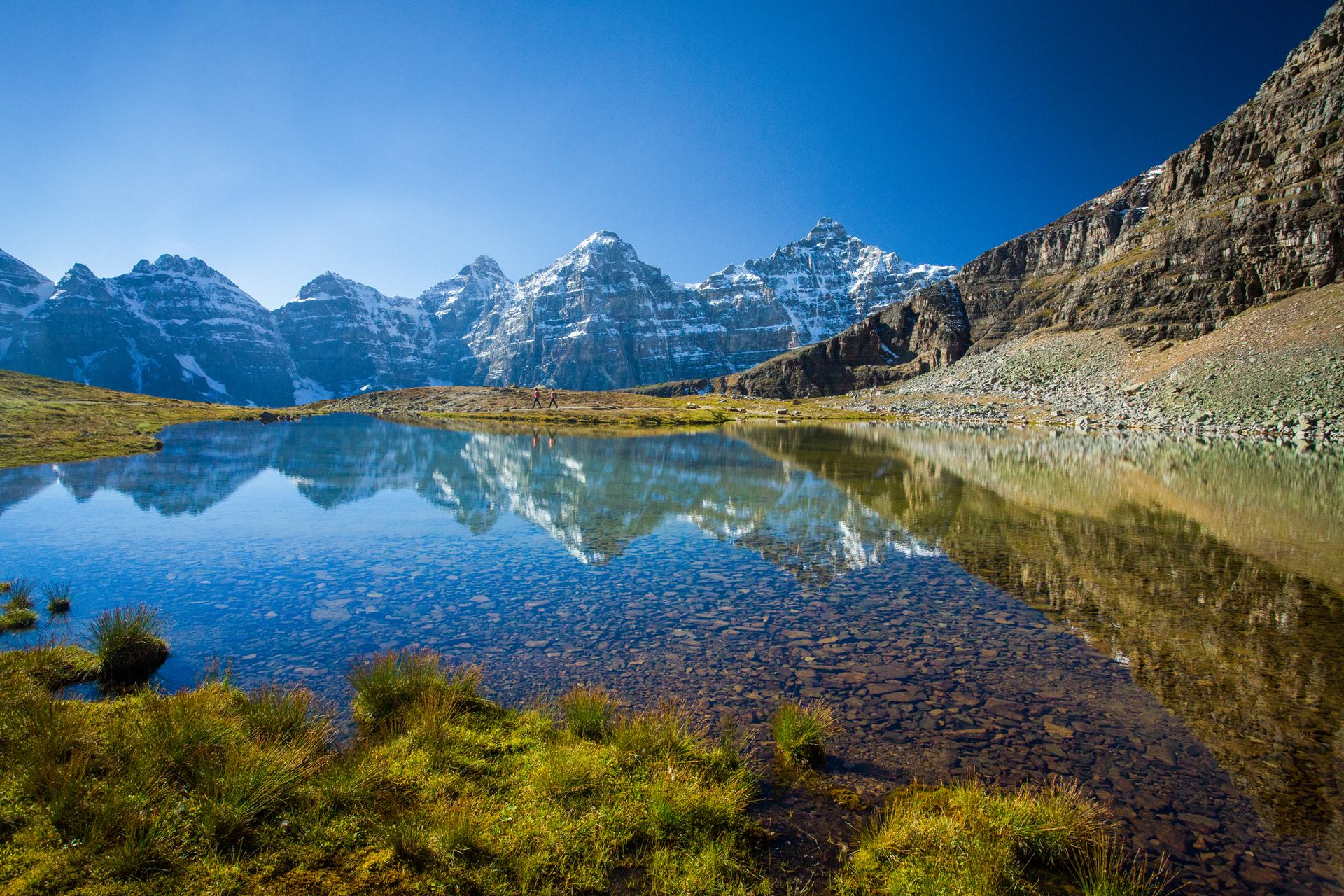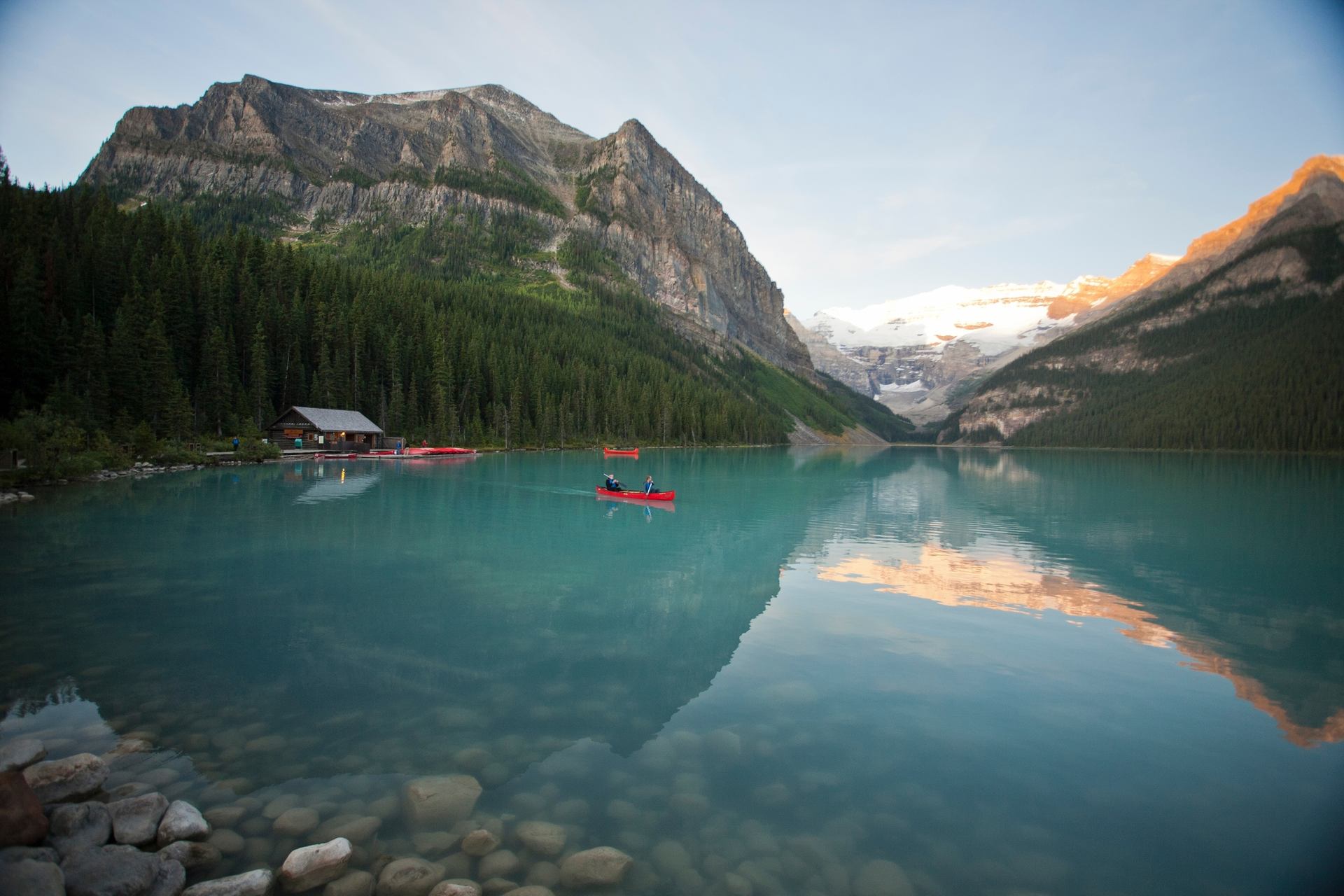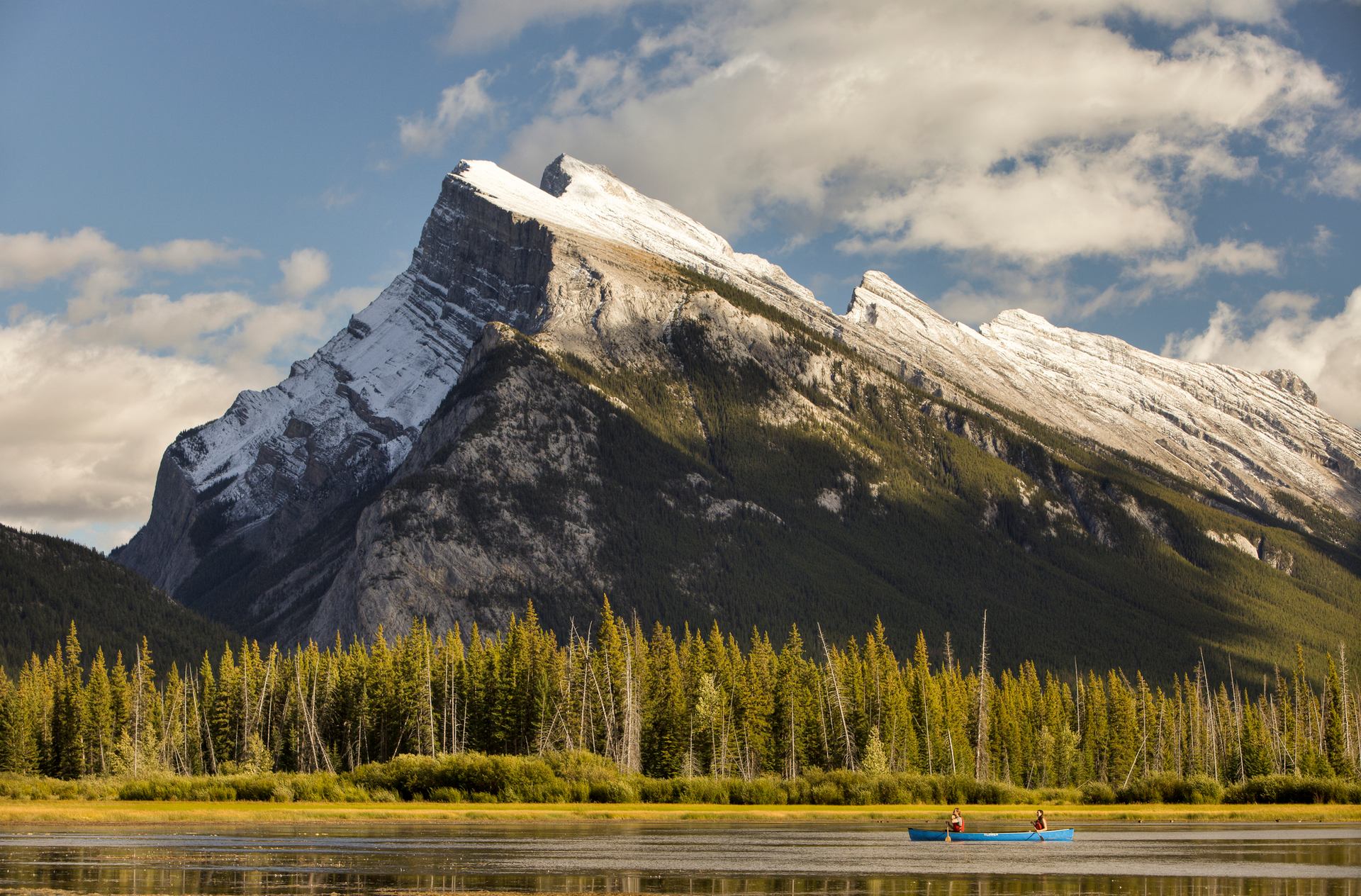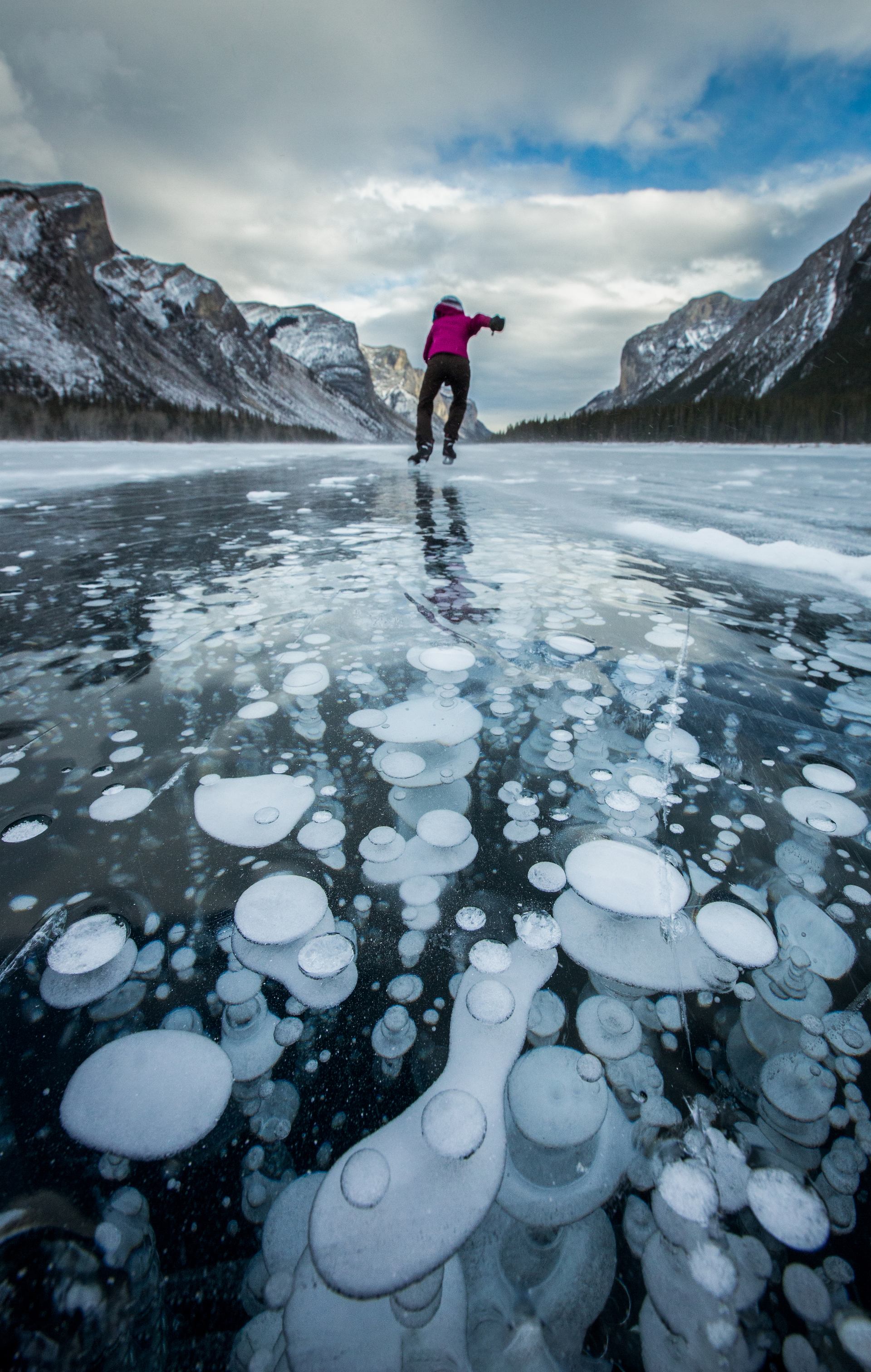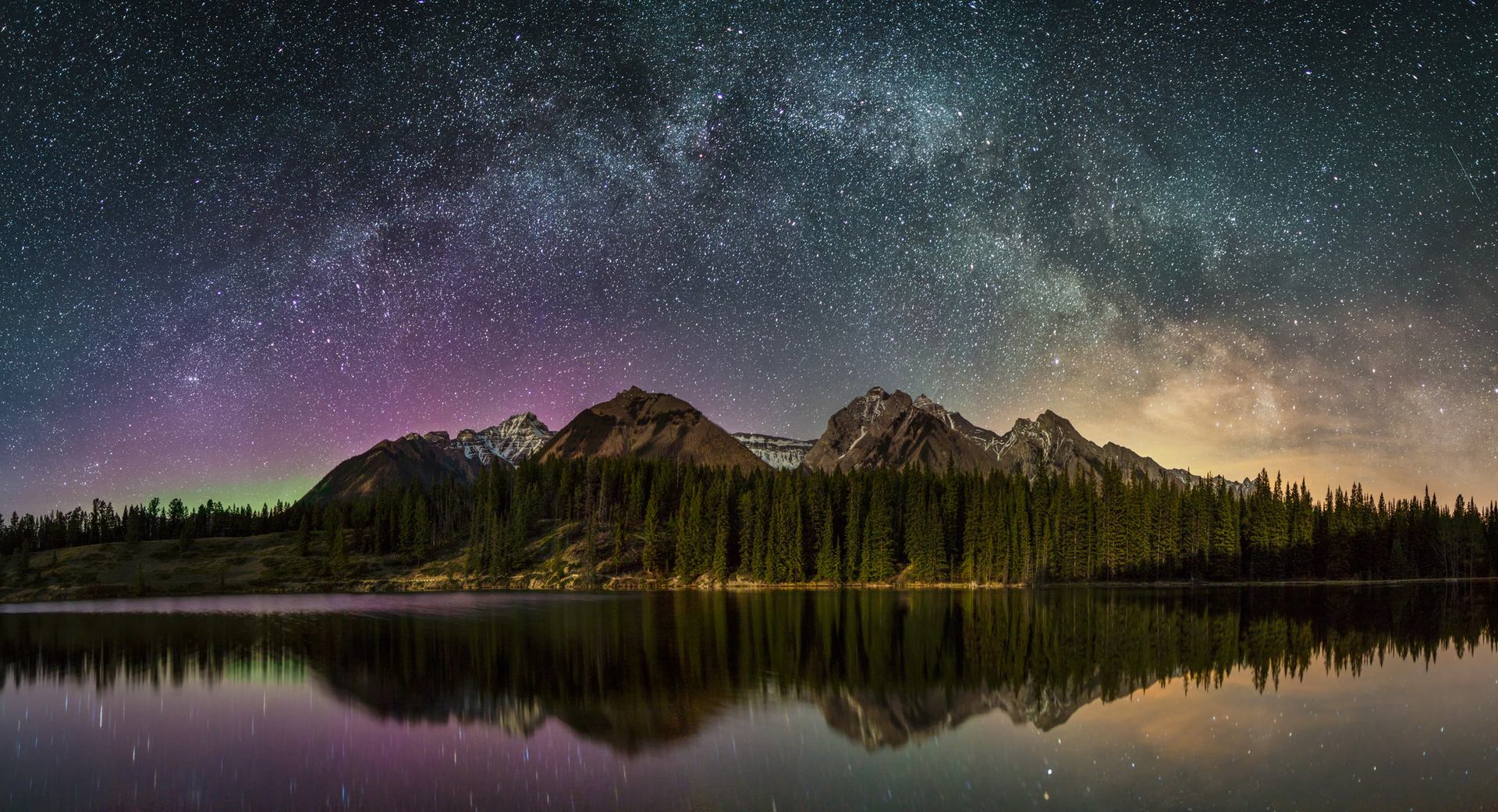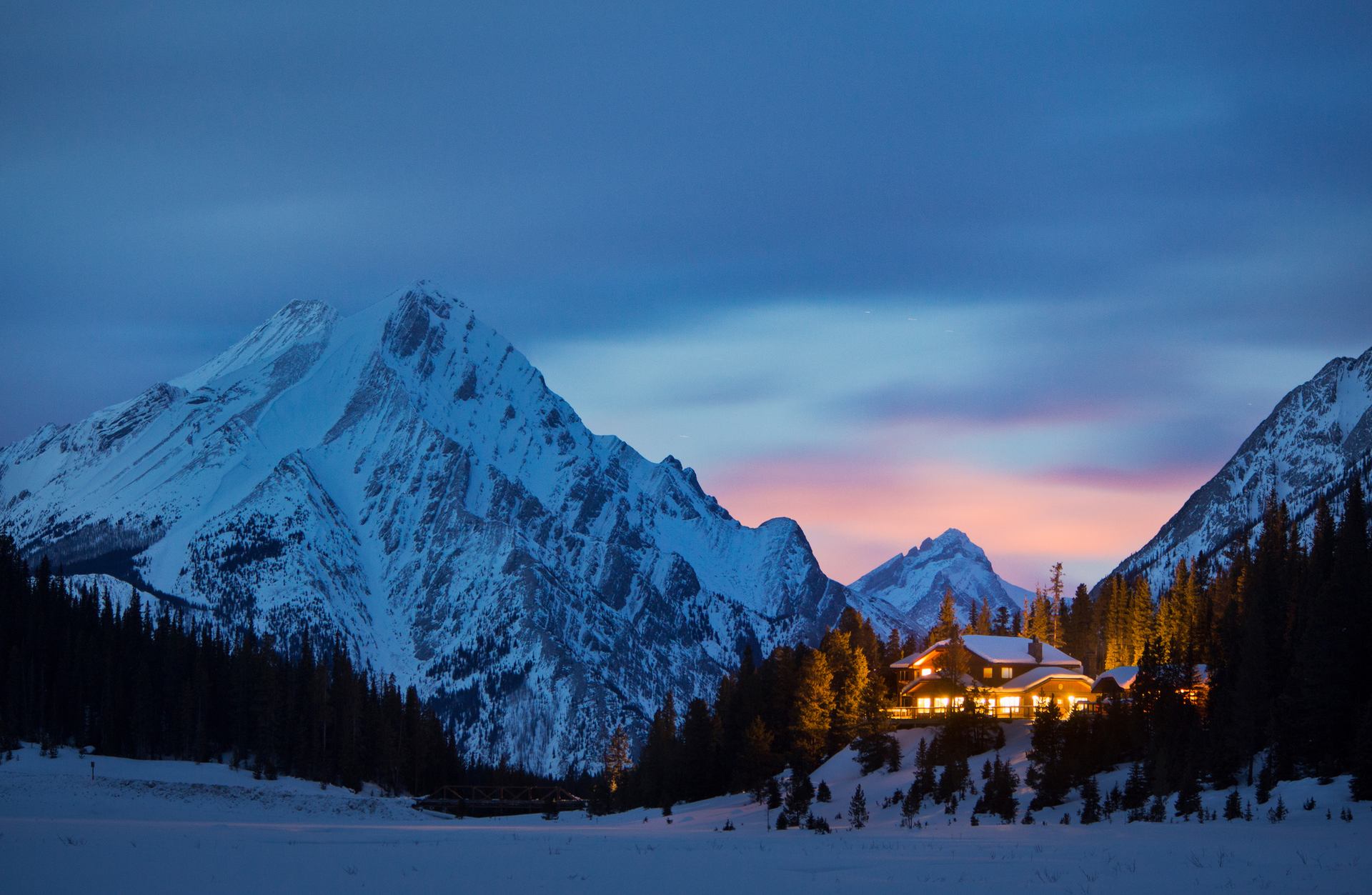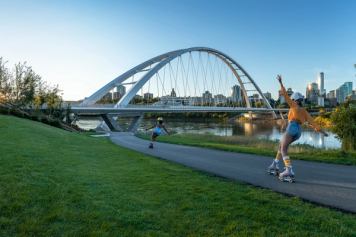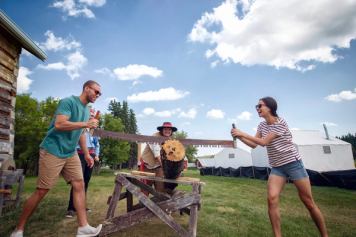Alberta’s mountain parks offer some of the most stunning scenery on the planet. It’s common for visitors to feel overwhelmed, not only by the grandeur of the Canadian Rockies but also by how to capture them. You’ll want to take photos that showcase the mountain landscapes at their best, whether you’re photographing with your smartphone or the latest camera gear.
Paul Zizka is a celebrated landscape photographer based in Banff, and he’s shared some of his favourite tips for taking photographs in the Canadian Rockies.

